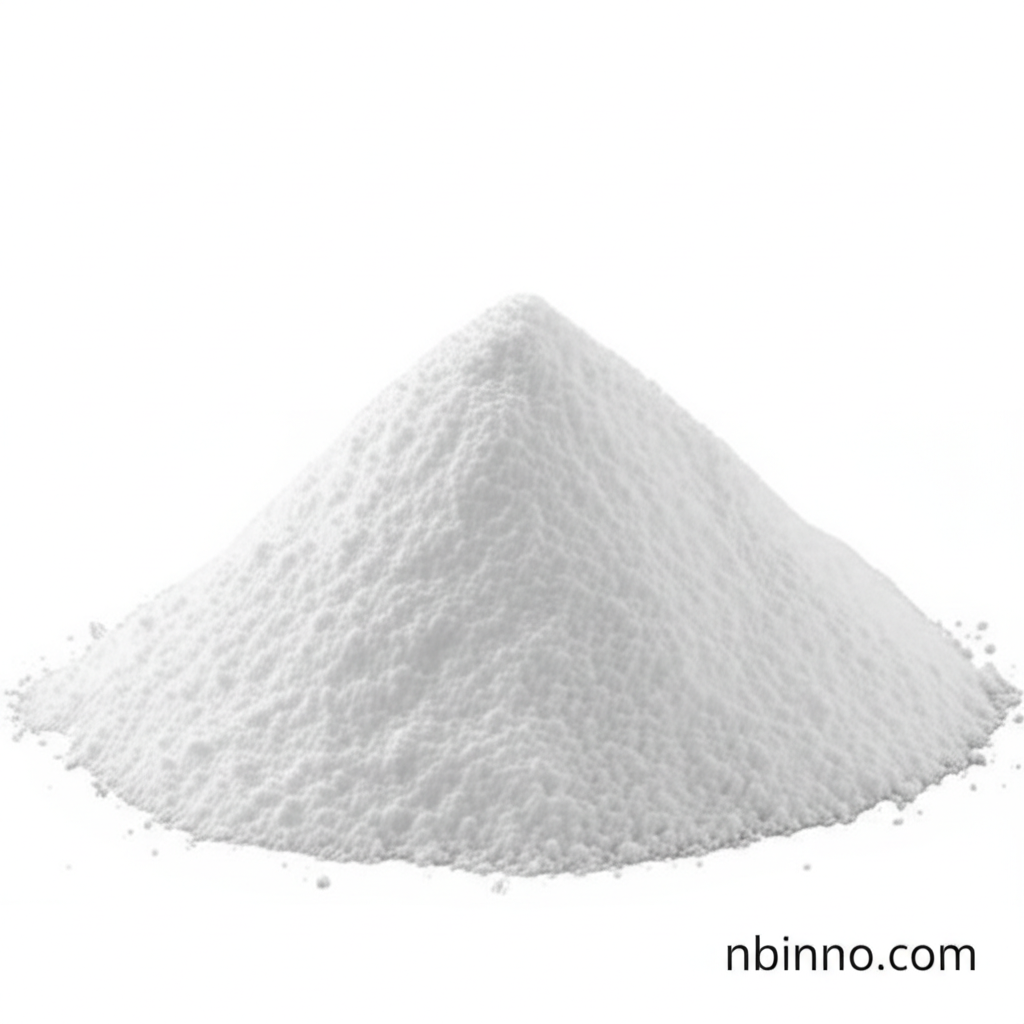Stearic Acid: A Versatile Fatty Acid for Your Needs
Discover the wide-ranging industrial applications and benefits of this essential saturated fatty acid.
Get a Quote & SampleProduct Core Value

Stearic Acid
Stearic acid is a fundamental saturated fatty acid with an 18-carbon chain, widely recognized for its versatile properties that make it indispensable across numerous industrial sectors. Its applications span from enhancing the texture and stability of cosmetics and personal care products to its critical role as a lubricant and processing aid in plastics and rubber manufacturing.
- Explore the key applications of stearic acid in cosmetics and personal care products, where it acts as an emollient and stabilizer.
- Understand the function of stearic acid as a lubricant and processing aid in plastics and rubber industries, improving machinability and durability.
- Learn about the use of stearic acid as a food additive, providing insights into its safety and functional benefits for texture and stability.
- Investigate the role of stearic acid in rubber vulcanization, enhancing elasticity and heat resistance for improved product performance.
Key Advantages
Natural Origin & Sustainability
Derived from natural animal fats and vegetable oils, stearic acid is a renewable resource, aligning with the growing demand for sustainable materials in various manufacturing processes and contributing to eco-friendly product development.
Industrial Versatility
Stearic acid's amphiphilic structure allows it to function effectively as a surfactant, lubricant, processing aid, emulsifier, and stabilizer, making it a critical component in industries ranging from textiles to construction materials.
Enhanced Product Performance
Its incorporation into products improves characteristics such as texture, stability, lubrication, and durability, ensuring optimal performance and consumer satisfaction in finished goods like soaps, lotions, candles, and rubber components.
Key Applications
Cosmetics and Personal Care
Stearic acid serves as an emollient, thickener, and stabilizer in creams, lotions, soaps, and shaving creams, contributing to smooth textures and product consistency.
Soaps and Detergents
Essential for creating lather and enhancing cleansing properties, stearic acid is a key ingredient in soaps, detergents, and other cleaning products.
Plastics and Rubber
It acts as an internal and external lubricant, mold release agent, and activator in rubber vulcanization, improving processing, durability, and elasticity.
Food Industry
Used as a food additive, stearic acid improves texture and stability in products like baked goods and confectionery, offering a safe and effective solution.
